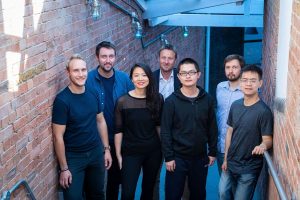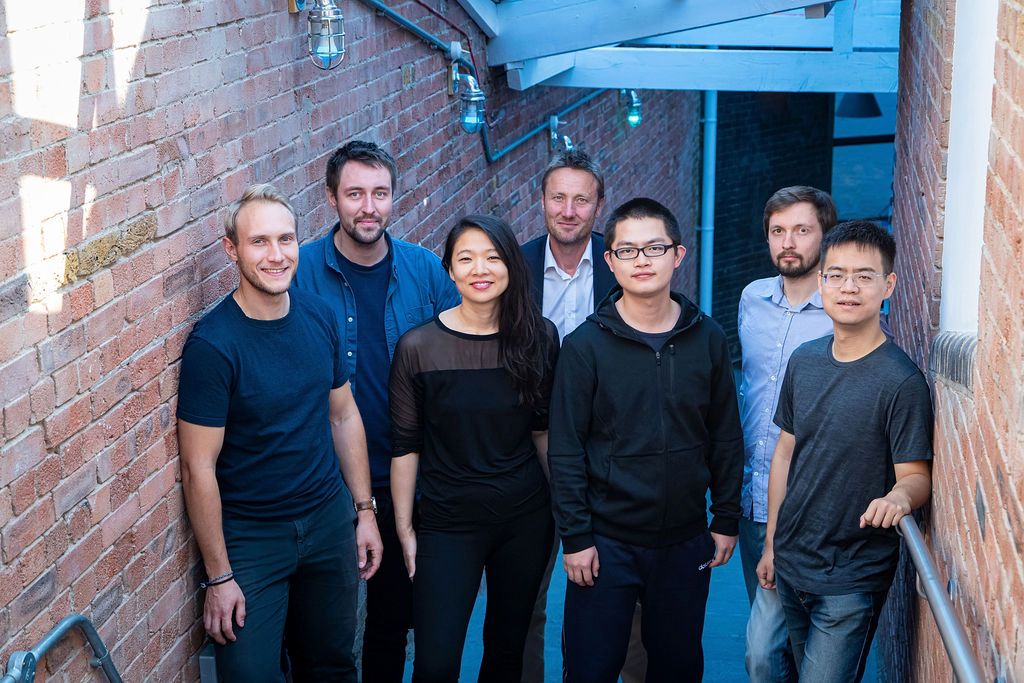
Rahko, a quantum machine learning company, said it achieved highly accurate results in the latest work on quantum processing unit (‘QPU’) implementation. The work was done in collaboration between Rahko, led by Jules Tilly and Edward Grant; Johnson Matthey, led by Glenn Jones and Honeywell Quantum Solutions, according to a company blog post.
“The interaction between quantum hardware and quantum software is critical to the pathway to realizing the full potential of quantum computing. Honeywell’s latest QPU offers an optimal set of features, between high gate fidelities and full connectivity, for us to challenge our quantum algorithms on larger problems,” said Tilly, a research scientist at Rahko.
The team added that work could lead to promising application areas, including photo-electrochemical reduction of CO2, low-T ammonia synthesis and enhanced understanding of enzyme function in photosynthesis.
Using Rahko’s Discriminative Variational Quantum Eigensolver (‘DVQE’), the company said it reached groundbreaking accuracy on Honeywell’s latest QPU, System Model H0, giving strong early indication of the powerful capability quantum computing will offer for the computation of electronic structure.

“Precise and efficient computation of electronic structure has wide-ranging potential for industrial applications. Quantum computing offers strong promise for better accuracy on electronic structure computation, with the potential to unlock significant advances in research and innovation across areas including battery and fuel cell technology, CO2 utilisation, catalysts for clean air and efficient use of natural resources,” said Glenn Jones, Physical and Chemical Modelling Research Manager, Johnson Matthey.
Honeywell’s System Model H0 QPU
The Honeywell System Model H0 offers a 6-qubit quantum register with outstanding gate fidelities, achieving a total quantum volume of 64, which puts it among the forefront of QPUs of its generation.
With the benefit of the device’s low error rates and a fully connected set of qubits, Rahko has used its DVQE method (a fully variational method) to reach groundbreaking accuracy in the first excited state of a 4-qubit molecule on Honeywell’s System Model H0. ![]()
For more market insights, check out our latest quantum computing news here.
















